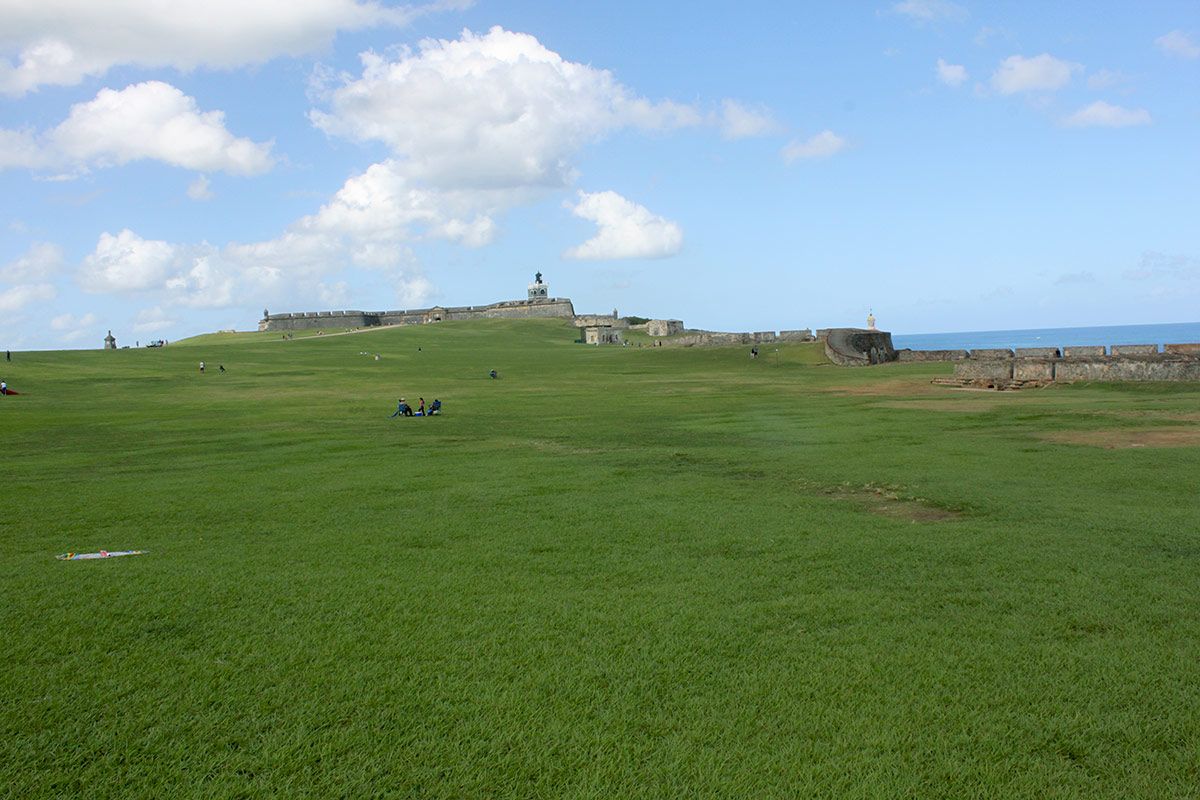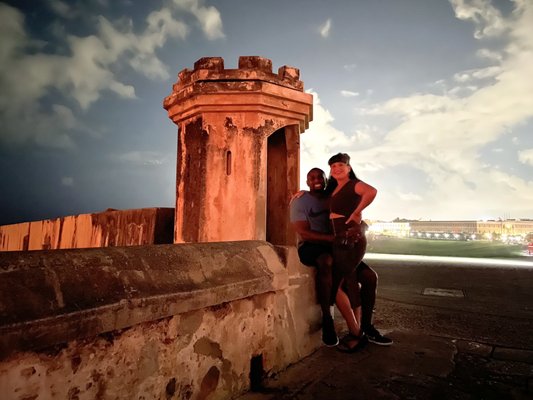Castillo San Felipe del Morro
Historic coastal fortress offering colonial history and ocean views
Historic coastal fortress offering colonial history and ocean views



























"A historic fortress in San Juan, Puerto Rico, this coastal stronghold offers sweeping views of the city and serves as a prominent, visitable landmark popular with travelers for its vantage point and historic character." - Opheli Garcia Lawler Opheli Garcia Lawler Opheli Garcia Lawler is a journalist with a decade of experience, half of which has been dedicated to covering the way we travel. From interviewing former Transportation Secretary Pete Buttigieg to digging into Amtrak customer complaint data, Opheli has developed a deep well of knowledge about what shapes our travel experiences. Travel + Leisure Editorial Guidelines

"A famous historic coastal fort and major cultural attraction in the city's old quarter, offering visitors a tangible link to the island's past alongside nearby beachfront leisure." - Stacey Leasca Stacey Leasca Stacey Leasca is an award-winning journalist and co-founder of Be a Travel Writer, an online course for the next generation of travel journalists. Her photos, videos, and words have appeared in print or online for Travel + Leisure, Time, Los Angeles Times, Glamour, and many more. You'll usually find her in an airport. If you do see her there, please say hello. Travel + Leisure Editorial Guidelines

"After more than 5 centuries, the “Castillo San Felipe del Morro” still stands strong. The colossal 18’ thick walls are impressively adorned with cannons, colonial artillery and architecture. In 1961, after enduring wars, pirate attacks and invasions, “El Morro” and its adjacent walls, were declared a World Heritage Site by the United Nations. Today, thousands of tourists and locals visit El Morro. Entrance is only $5 for adults 16 and older, while being free for children." - Ana Jovane Serrano

"A historic fortress in San Juan, Puerto Rico, presented as a prominent landmark and representative example of the city's colonial-era fortifications." - Jon Bailey

"A vast colonial fortress whose exploration often begins in the dungeons and rewards visitors with sweeping ocean views; a historic stronghold that anchors the city's centuries-old architectural and cultural narrative and is presented as a must-see for historic landmarks and scenic promenades." - Carley Rojas Avila Carley Rojas Avila Carley Rojas Avila is a bilingual travel writer, editor, and content marketer. She is an expert on Latin America, the Caribbean, and Cuba, as she lived and worked in four different countries in that region. Carley founded the digital travel publications Loosely Local and Home to Havana. Travel + Leisure Editorial Guidelines